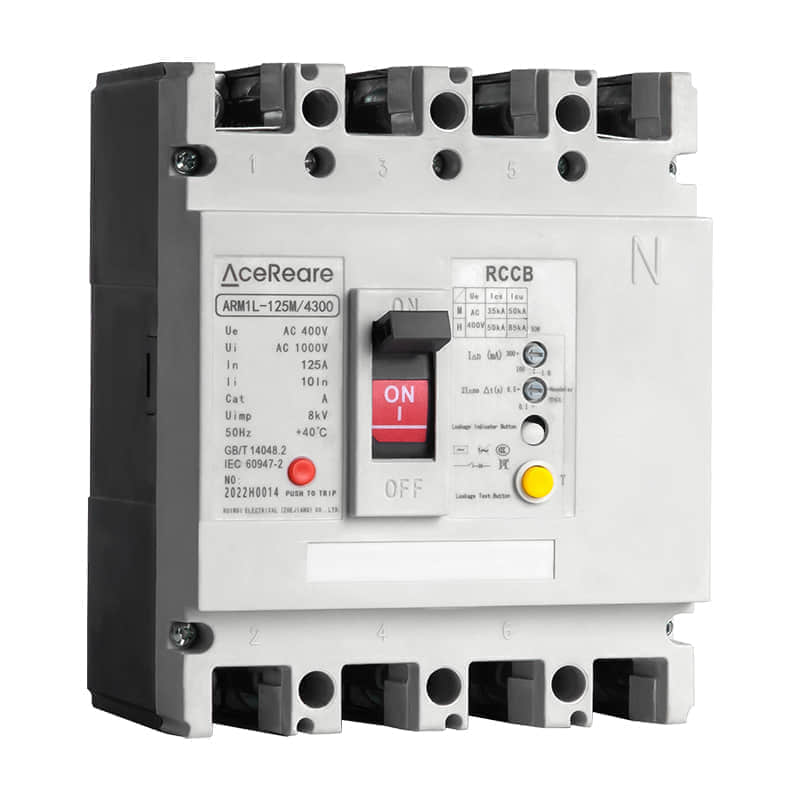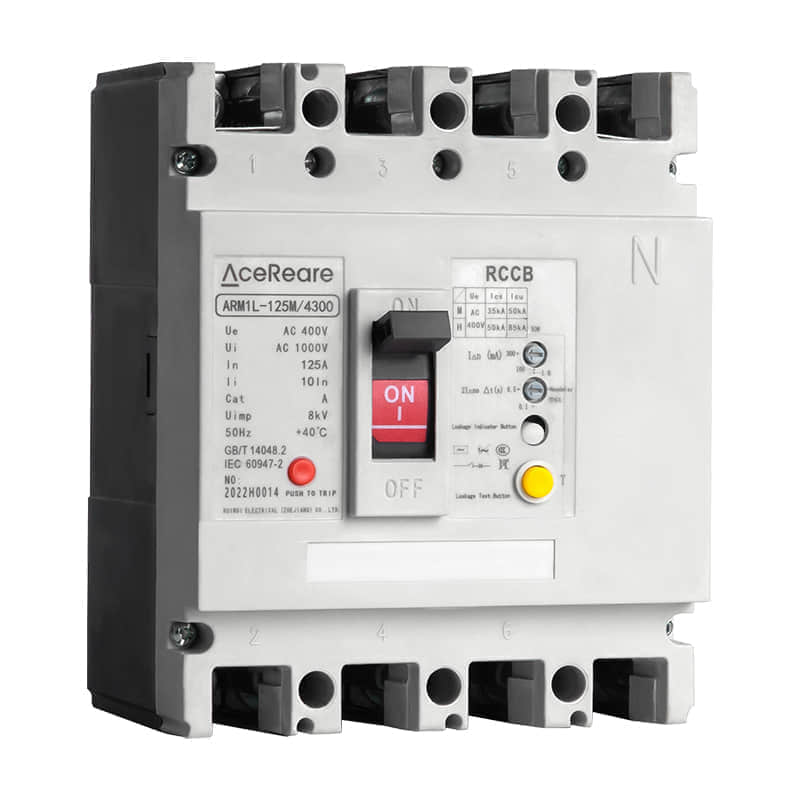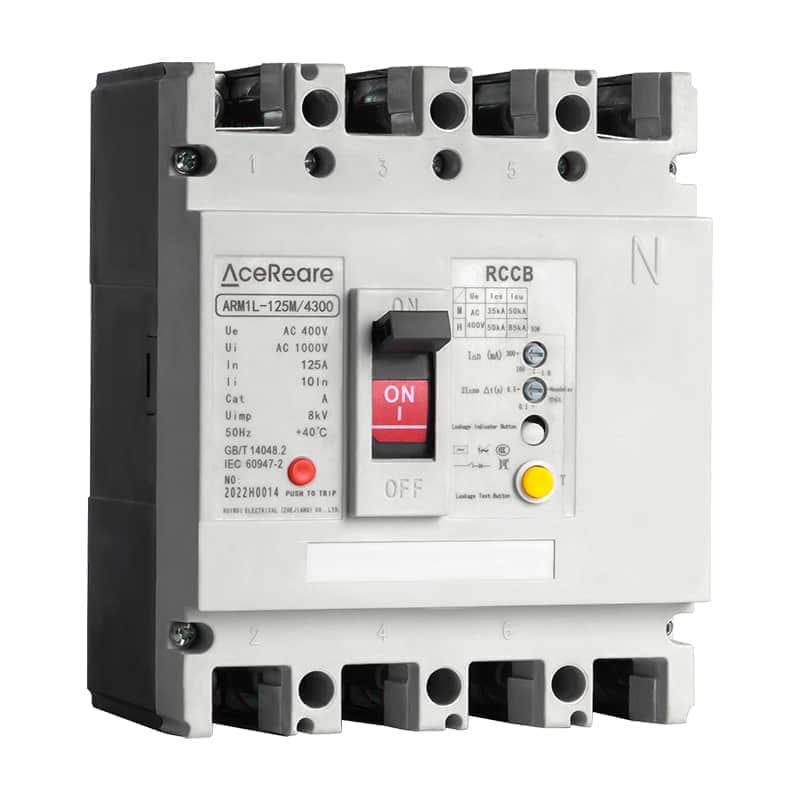文章正文:

Residual Current Circuit Breakers, commonly known as RCCBs, play a pivotal role in ensuring electrical safety in our homes, workplaces, and industrial settings. These unassuming devices are designed to detect and protect against potentially deadly electrical faults, making them an indispensable part of modern electrical systems. In this article, we will delve into the world of RCCBs, exploring their functionality, types, and the critical role they play in safeguarding lives and property.

The Basics of RCCBs RCCBs are electrical devices that are specifically engineered to monitor the flow of electric current in a circuit. They are designed to detect any imbalance between the incoming and outgoing current. In a fault-free electrical system, the current entering a circuit should be equal to the current leaving it. However, in the event of a fault, such as a short circuit or an electrical leakage due to damaged wiring or appliances, this balance is disrupted. How RCCBs Work RCCBs operate on a simple but effective principle: they continuously compare the incoming and outgoing currents. If they detect even a slight difference between the two, it indicates a potential fault in the circuit. This discrepancy can be attributed to current leakage, which could be dangerous if left unchecked. When an RCCB identifies such an imbalance, it swiftly interrupts the power supply to prevent further damage. Types of RCCBs There are two primary types of RCCBs: Type AC and Type A. Type AC RCCBs are designed to detect and protect against alternating current (AC) faults, which are the most common in residential and commercial settings. They are effective at safeguarding against faults like electrical leakage due to damaged wires or appliances. On the other hand, Type A RCCBs are more versatile, as they can detect both AC and direct current (DC) faults. This makes them suitable for more complex electrical systems, especially those involving renewable energy sources like solar panels, where DC faults are a potential risk. Importance in Electrical Safety The importance of RCCBs in electrical safety cannot be overstated. These devices can prevent electrical accidents, including electric shocks and fires, by swiftly disconnecting the power supply when a fault occurs. In residential settings, RCCBs are crucial for protecting occupants from potentially fatal electrical accidents. In industrial environments, where complex machinery and high-voltage equipment are prevalent, RCCBs are essential for maintaining the safety of workers and preserving expensive equipment. Installation and Maintenance Proper installation and regular maintenance of RCCBs are essential to ensure their effectiveness. It is crucial to have them installed by qualified electricians who understand the specific requirements of your electrical system. Routine testing and inspection should also be conducted to confirm that the RCCBs are functioning correctly. Conclusion Residual Current Circuit Breakers, or RCCBs, are the unsung heroes of electrical safety. These unassuming devices silently monitor our electrical systems, ready to spring into action when a fault threatens our safety. Understanding their function, types, and the critical role they play in electrical safety empowers us to create safer living and working environments. Whether in our homes or workplaces, RCCBs are a vital line of defense against electrical hazards, making them a fundamental component of modern electrical systems.
